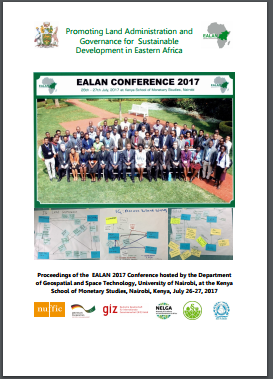Historical Land Use Dynamics in the Highly Degraded Landscape of the Calhoun Critical Zone Observatory
Processes of land degradation and regeneration display fine scale heterogeneity often intimately linked with land use. Yet, examinations of the relationships between land use and land degradation often lack the resolution necessary to understand how local institutions differentially modulate feedback between individual farmers and the spatially heterogeneous effects of land use on soils. In this paper, we examine an historical example of a transition from agriculture to forest dominated land use (c. 1933–1941) in a highly degraded landscape on the Piedmont of South Carolina.








